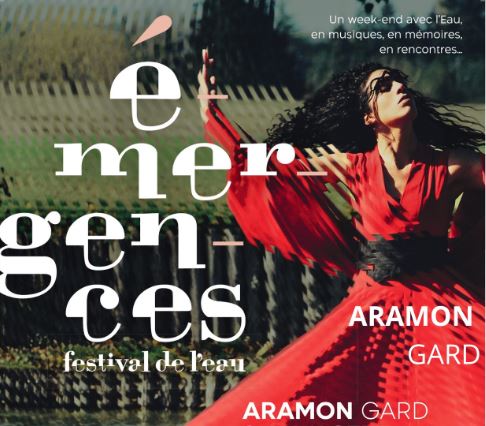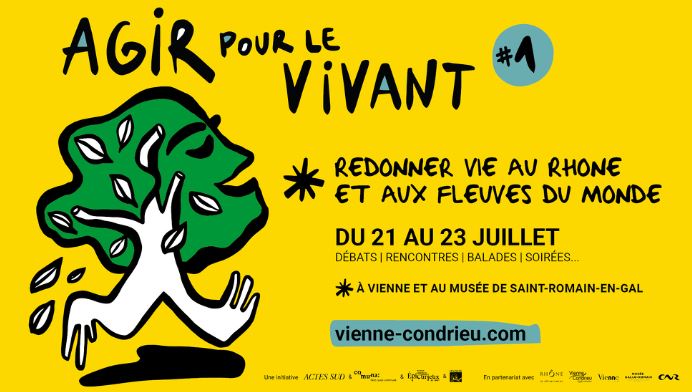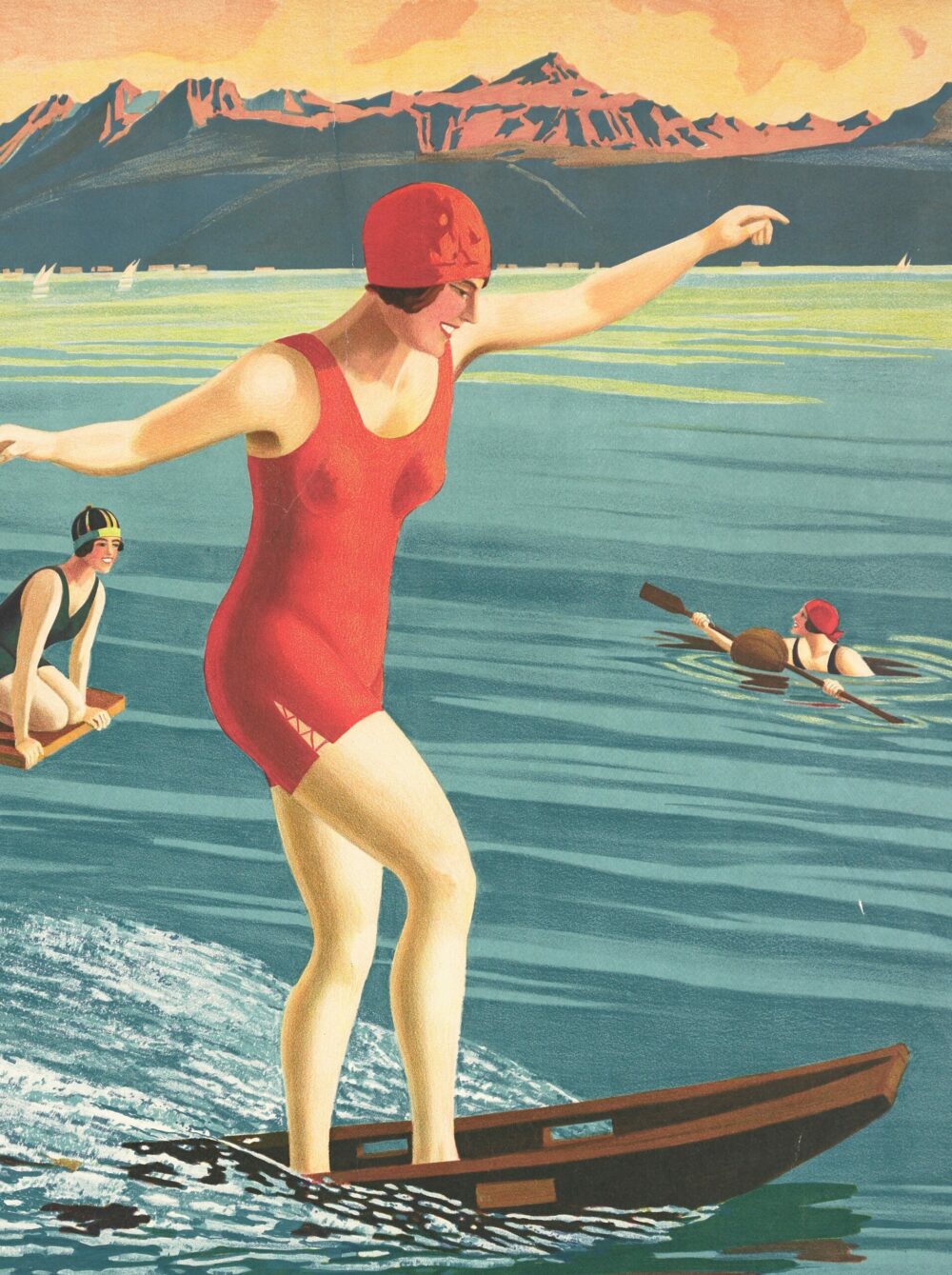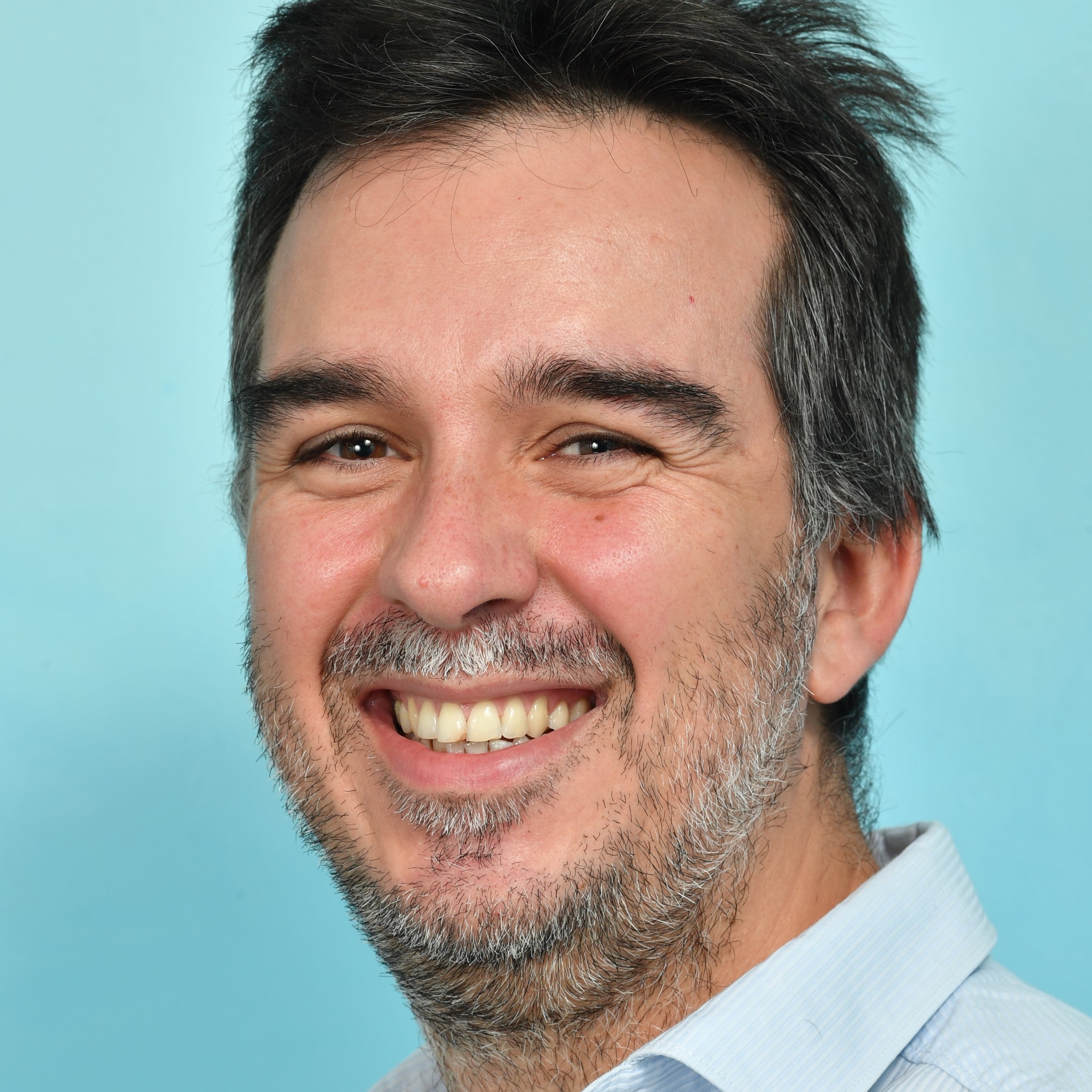“La Route du Rhône”, a documentary along the river
Episode 1: Discovering the source of the Rhône River
Daniel Fiévet begins his journey at the foot of the Swiss Alpine glacier at the origin of the Rhône. Here, the powerful river is only a thin stream formed by the melting ice. Indeed, after seven or eight years of accumulation in the glacier, the ice slides under its own weight and ends up occupying the glacial valley of the Rhône. Daniel then heads to the Chancy-Pougny dam which straddles the border between Switzerland and France.
Episode 2: The Lac du Lit au Roi, a unique biodiversity
Alongside Franck Pressiat, an environmental specialist from CNR’s engineering department, Daniel Fiévet discovers the rich biodiversity that hides, feeds and breeds in the reed beds of the Lac du Lit au Roi in the Ain department. The lake is home to nearly 80 different species of birds, depending on the season. It is also a place for recreational activities, because “you only protect well what you know”.
Episode 3: Discovering the port of Lyon
A new stopover at the Port of Lyon, a place that is little known and yet very striking in the landscape. More than a rail and road traffic hub, it is also the place to develop logistics to supply the city. And if you go up the river a little, you will be right at the confluence of the Rhône and the Saône rivers.
Episode 4: In the Donzère-Mondagon wildlife reserve
In the Vaucluse region, the hydroelectric dam of Bollène welcomes one of the oldest biodiversity reserves in France. Created in 1954, and now protected by the French Office of Biodiversity, this linear reserve is a long green corridor mixing areas open to the public, dedicated to scientific observation areas, or completely inaccessible. A perfect illustration of a reconciliation between economic activity and the environment! For it is also a showcase for renewable energies with hydroelectricity, wind, and solar power.
Episode 5: The Camargue, where the river becomes the sea
When one throws a bottle upstream of the Rhône River, it is then decomposed into micro or even nano plastics! This is what Daniel Fiévet discovers in the Camargue delta, where the Rhône flows into the Mediterranean. An interesting interview in the company of Leila Meistertzheim who holds a PhD in marine biology and is the president of the Plastic@Sea start-up. Plastic, unfortunately present in all the world’s rivers, ends up in the seas and the ocean, most often invisibly. This exploration of microplastic pollution, a crucial issue in deltas around the world, is also an opportunity to meet Initiatives pour l’Avenir des Grands Fleuves (IAGF), the association behind the Living with Rivers mobilisation.
To learn more about CNR’s action in favour of biodiversity
To learn more about Initiatives pour l’Avenir des Grands Fleuves

Emergences Festival de l’Eau
Première édition d'un rendez-vous musical et convivial incontournable : le festival Emergences à Aramon, au bord du Rhône près d'Avignon. Au programme du 9 au 11 septembre : concerts gratuits, ballades, conférences... et plus encore !
Agir pour le Vivant, Vienne – 21-23 July
Come and talk about the Rhone and the great rivers in this artistic and friendly festival! Agir pour le Vivant will take place at the Musée Gallo-Romain in Vienne from 21 to 23 July. An opportunity to discover the very first stand dedicated to Living with Rivers, and to protect the rivers together.
